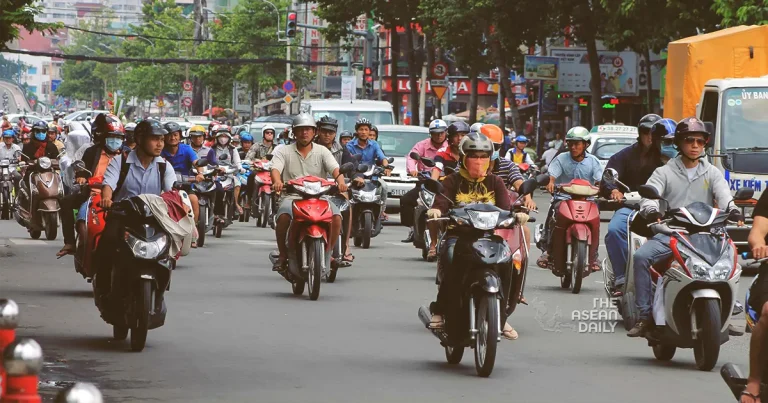28-11-2023 (HANOI) Hanoi, the capital city of Vietnam, is facing various challenges in its transportation system, including congestion, traffic accidents, environmental pollution, and the need to build a safe, connected, and sustainable urban transportation system, according to transport experts. Recognizing the importance of transportation as the lifeblood of the economy and the face of the city, Hanoi is striving to develop an intelligent and sustainable transportation system in line with global trends.
Despite recent efforts to modernize the transportation system, the current infrastructure does not meet the actual needs of the city. With nearly eight million vehicles, including over one million cars, 6.6 million motorcycles, and nearly 185,000 electric motorcycles, Hanoi’s transportation system is under increasing pressure. The city’s population is growing by 200,000 people each year, resulting in a constant increase in vehicles and persistent traffic congestion.
To address these issues, the Hanoi Party Committee issued Resolution No. 10-NQ/TU, setting the goal of transforming Hanoi into a smart and modern city with a connected urban traffic network by 2030. Intelligent Transportation Systems (ITS) will play a crucial role in achieving this vision.
Hanoi has already taken steps to implement AI solutions in traffic control and pilot smart traffic models, incorporating applications for bus searches, surveillance cameras, bus e-tickets, and parking assistance. However, these initiatives lack coherence and connectivity.
To overcome these challenges, the Hanoi Department of Transport has selected the University of Transport and Communications as the consulting unit to develop ITS for the city until 2023, with a long-term vision extending to 2045. The project aims to establish the framework for ITS architecture, develop strategies and solutions related to policies, technology, and investment, and serve as a basis for managing and investing in smart transportation projects in the future.
The ITS project in Hanoi consists of four main components: ITS users, smart device-integrated vehicles, smart transportation infrastructure, and the city’s traffic control and monitoring center. However, there are several obstacles to overcome, including limited land allocation for transportation, underdeveloped public transport, and a lack of connectivity and information sharing in management and operation.
To address these challenges, the roadmap for ITS in Hanoi is divided into three stages. Stage 1, from 2024 to 2026, focuses on establishing a traffic control and operation center, installing ITS peripheral devices, connecting data sources, and implementing integrated ticketing. Stage 2, from 2027 to 2030, involves implementing inner-city toll collection, constructing an integrated smart traffic control center, developing basic ITS applications, and investing in peripheral devices. Stage 3, extending until 2045, includes continuing the inner-city toll collection, efficiently operating the city’s ITS, completing the ITS infrastructure, and enhancing applications that leverage traffic data.
The World Bank has committed to supporting the project, particularly in the transition to electric buses and the implementation of ITS for Hanoi’s sustainable development.
Experts emphasize that building an ITS is a long-term and continuous process that requires collaboration, determination, and effort to create an innovative smart transportation ecosystem. Feasibility studies, technical standards, and careful planning will be vital for the success of the project.
With a focus on collaboration, transparency, and technical capabilities, Hanoi aims to develop a sustainable smart transportation system that meets the needs of its growing population and ensures efficient traffic management and control.




